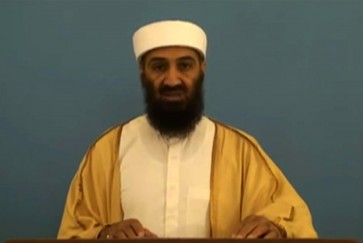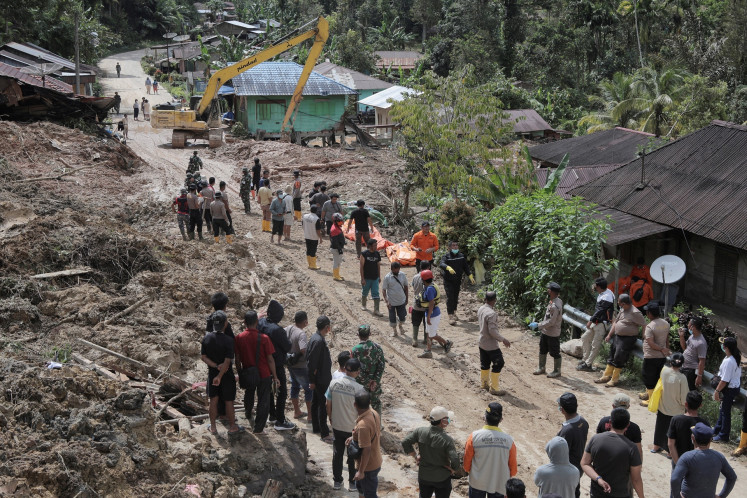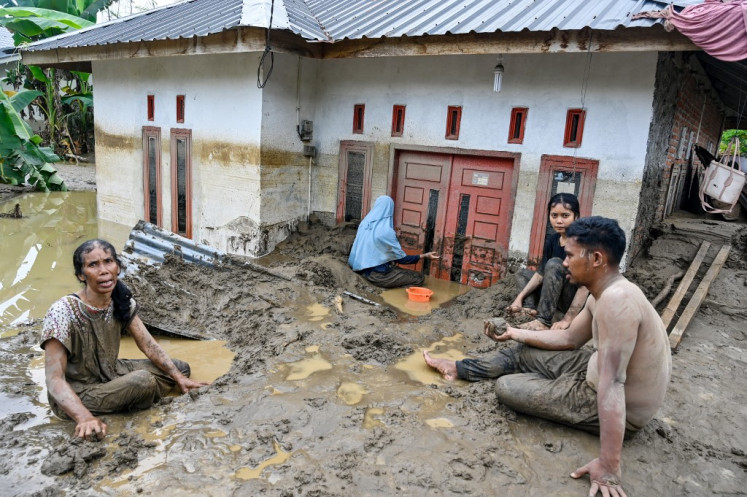Popular Reads
Top Results
Can't find what you're looking for?
View all search resultsPopular Reads
Top Results
Can't find what you're looking for?
View all search resultsASEAN Security Community vs Minimum Essential Force
There is an inconsistency between Indonesia’s defense and foreign policies as a result of competing paradigms that serve as the foundations of these policies
Change text size
Gift Premium Articles
to Anyone
T
here is an inconsistency between Indonesia’s defense and foreign policies as a result of competing paradigms that serve as the foundations of these policies.
To explore how these two competing paradigms create a disintegrative national security policy, I analyze two major goals of Indonesia’s national security policy: ASEAN Security Community (ASC) 2015 and the Minimum Essential Force (MEF) 2024.
Currently, Indonesia’s defense policy is based on four documents: Grand Strategy 2008, Defense Doctrine 2008, Defense Intelligence Estimate 2008 and Defense Posture 2024.
These four documents mark a significant shift in our defense policy from one that focused on internal security operations during the Soeharto era to one that tries to create a modern, integrated armed forces that is able to anticipate security challenges in the 21st century.
Unlike the defense policy that has published four legal documents, Indonesia’s foreign policy is based on President Susilo Bambang Yudhoyono’s doctrine of “one thousand friends, zero enemies”, and Foreign Minister Marty Natalegawa’s doctrine of “dynamic equilibrium”.
These two doctrines coexist with the midterm goal to create an ASEAN Community in 2015.
In the realm of defense, the evolution of Indonesia’s defense policy was initiated in 1999 when the country decided to start reforming its military, making it into a professional organization by eliminating the notions of a political- and business-oriented army.
Ideally, this military reform will be followed by a defense transformation that will try to close the strategic gap between the current force and future force.
This gap will be closed by ini-tiating the program of military reduction that tries to remove obsolete military technologies from Indonesia’s weapons system as well as by implementing a military modernization program aiming to create a Minimal Essential Force by 2024.
The MEF 2024 will serve as a transition force until Indonesia is able to initiate a military innovation program that will try to adopt the most advanced military technology to start a revolution in military affairs that will transform TNI into an agile force of the 21st century.
In terms of force projection, the military sets up two strategic plans. The first is strategic, planning to create MEF 2024, the second is strategic planning to establish a future force for 2050.
According to these two plans, theoretically, TNI will adopt four different concepts of force ratio to project its transformation until 2050.
The first projection utilizes the concept of force-to-risk ration to create a force that will be able to deal with security risks such as internal conflicts, border disputes, terrorism and transnational security issues. This force will be supported by 1 percent of GDP and is expected to be achieved in 2014.
The second projection uses the concept of force to space ratio to create a military that will be able to protect Indonesia’s vast territory.
This force — although will rely on forward deployment especially of border divisions, naval patrol, as well as air control — will mainly be defensive in nature. This force is projected to be achieved in 2020 and will be supported by 1.5-2 percent of GDP.
The third projection uses the concept of force-to-force ratio to create a military that will be able to employ a balancing strategy especially against neighboring states that deploy offensive and provocative forces to Indonesia’s border areas.
To achieve this force, Indonesia will allocate 2.5-3 percent of GDP each year until this force is established between 2024 and 2029.
The last projection uses the development of military technology as the main component to create a future force of 21st century. This force will be established by integrating the latest advancements in military technology in the military doctrine-strategy and weapon systems.
The integration means Indonesia will implement long-term modernization and even arms acquisition programs.
To support these programs, 3.5-4 percent of GDP will be allocated to support the defense budget until this force is achieved in 2050. These programs will transform Indonesia’s military to become an offensive force that has a reliable deterrence strategy.
These programs could result in an arms race in the region that will increase the probability of regional conflict between states in Southeast Asia.
By analyzing two policies of ASC 2015 and MEF 2024, we can find significant differences between the trajectory of security goals projected by the foreign and defense policies.
The foreign policy has a more optimistic trajectory indicated by the establishment of ASC in 2015 that will bring peace and stability in the region. However, the defense policy has a more pessimistic and realistic trajectory that projects a long-term evolution of military force.
The trajectory also projects a long-term evolution of military changes that consist of three main programs of military reform, defense transformation and military innovation.
These competing trajectories give clear indications of the existence of a disintegrative national security policy: Our foreign policy is not coherent with our defense policy.
The foreign policy projects the paradigm of liberal institutionalism that relies on a strategy of institutionalization of liberal norms in Southeast Asia.
The concept of “one thousand friends, zero enemies”, “dynamic equilibrium” or a “security community” resonate with how Indonesia’s foreign policy is closer to a liberal institutionalist paradigm than a realist one. In contrast, the defense policy represents the defense realism paradigm.
Since the policy of band-wagoning will never be an option for Indonesia’s military, the strategy of balancing will be continuously used and modified to create future force suited for the 21st century.
This paradigm guides the trajectory of Indonesia’s military to implement a defense transformation and military innovation program to create a more modern force that has a more advanced weapons system.
If Indonesia manages to achieve both the ASC 2015 and MEF 2024, then there will be a puzzling regional security architecture in Southeast Asia. We may see the creation of a security community that coexists with an offensive and provocative force deployment.
The writer is a lecturer at the Department of International Relations, University of Indonesia.










